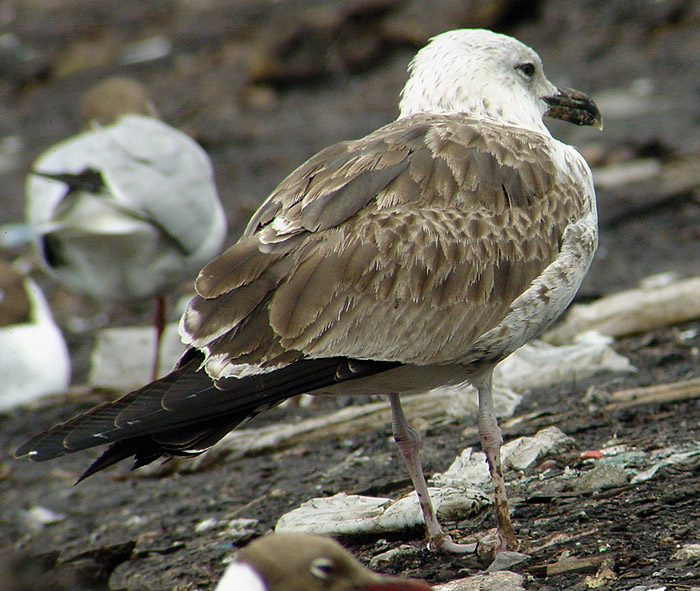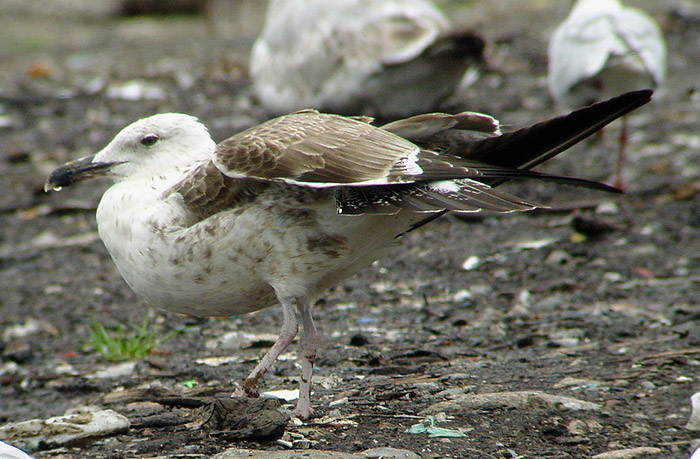 nominate Lesser Black-backed Gull (L. fuscus)
nominate Lesser Black-backed Gull (L. fuscus)
(last update:
Amir Ben Dov (Israel)
Hannu Koskinen (Finland)
Mars Muusse (the Netherlands)
fuscus 1cy July
fuscus 1cy Aug
fuscus 1cy Sept
fuscus 1cy Oct
fuscus 1cy Nov
fuscus 1cy Dec
fuscus 2cy Jan
fuscus 2cy Feb
fuscus 2cy March
fuscus 2cy April
fuscus 2cy May
fuscus 2cy June
fuscus 2cy July
fuscus 2cy Aug
fuscus 2cy Sept
fuscus 2cy Oct
fuscus 2cy Nov
fuscus 2cy Dec
fuscus 3cy Jan
fuscus 3cy Feb
fuscus 3cy March
fuscus 3cy April
fuscus 3cy May
fuscus 3cy June
fuscus 3cy July
fuscus 3cy August
fuscus 3cy Sept
fuscus 3cy October
fuscus 3cy Nov
fuscus 3cy Dec
fuscus 4cy Jan
fuscus 4cy Feb
fuscus 4cy March
fuscus 4cy April
fuscus 4cy May
fuscus 4cy June
fuscus 4cy July
fuscus 4cy Aug
fuscus 4cy Sept
fuscus 4cy Oct
fuscus 4cy Nov
fuscus 4cy Dec
fuscus ad Jan
fuscus ad Feb
fuscus ad March
fuscus ad April
fuscus ad May
fuscus ad June
fuscus ad July
fuscus ad Aug
fuscus unringed Aug
fuscus ad Sept
fuscus ad Oct
fuscus ad Nov
fuscus ad Dec
(3 images) Larus fuscus fuscus 2cy, July 13 2003, Tampere, Finland (61.33N 24.59E).
An example of classic 2cy fuscus in Finland in July. The second generation wing-coverts and scapulars are worn pale brown with an obvious dark triangular centre. All primaries, P1-P10 were replaced for second generation flight feathers on the wintering ground and are still present. The glossy blackish shine has already disappeared. All tail-feathers and secondaries were replaced for second generation feathers as well and are all present. This is an example of typical Finnish fuscus, representing average 2cy fuscus in completely replaced primaries, rectrices and secondaries on the wintering grounds, prior to northbound migration. The new second generation primaries are only a couple of months old and still look dark blackish. The second generation tail-feathers normally still show the white tips, but in some individuals these tips are worn away when 2cy birds arrive back in Scandinavia. Immediately after returning in Scandinavia some 2cy fuscus start a new moult cycle in the inner primaries, now growing in third generation feathers.
|


